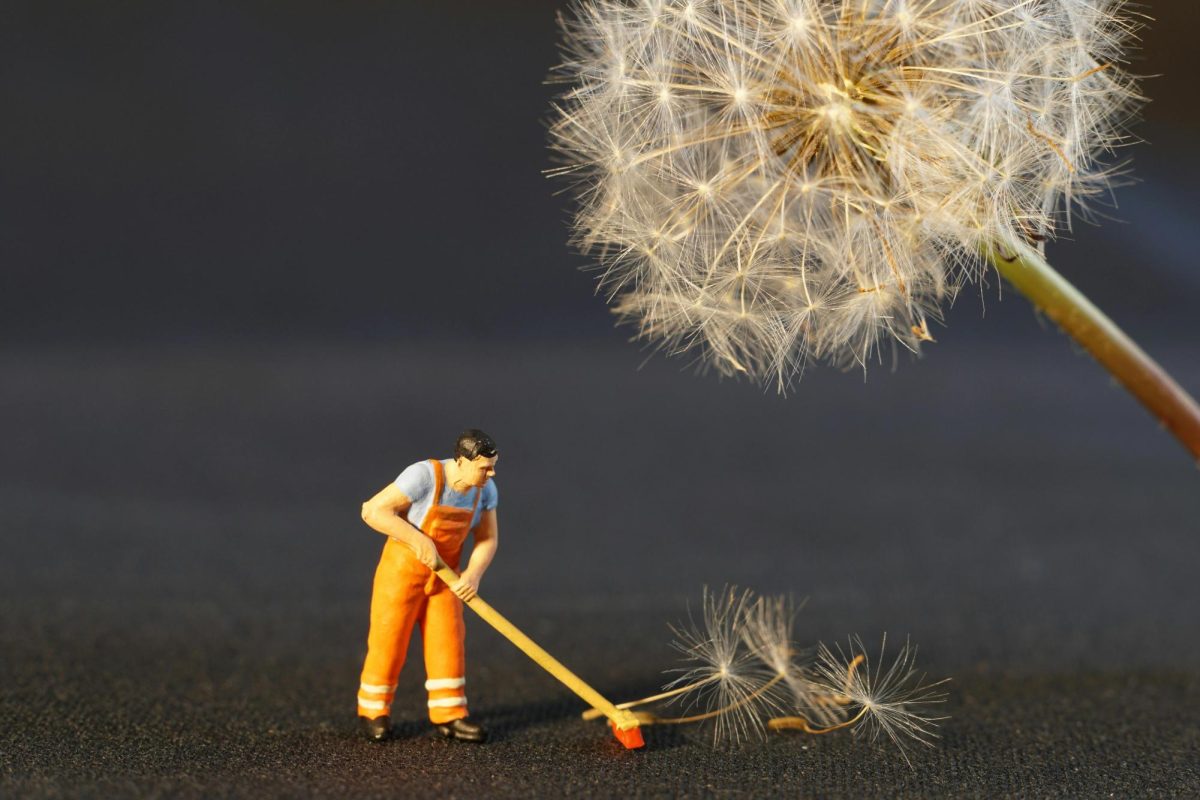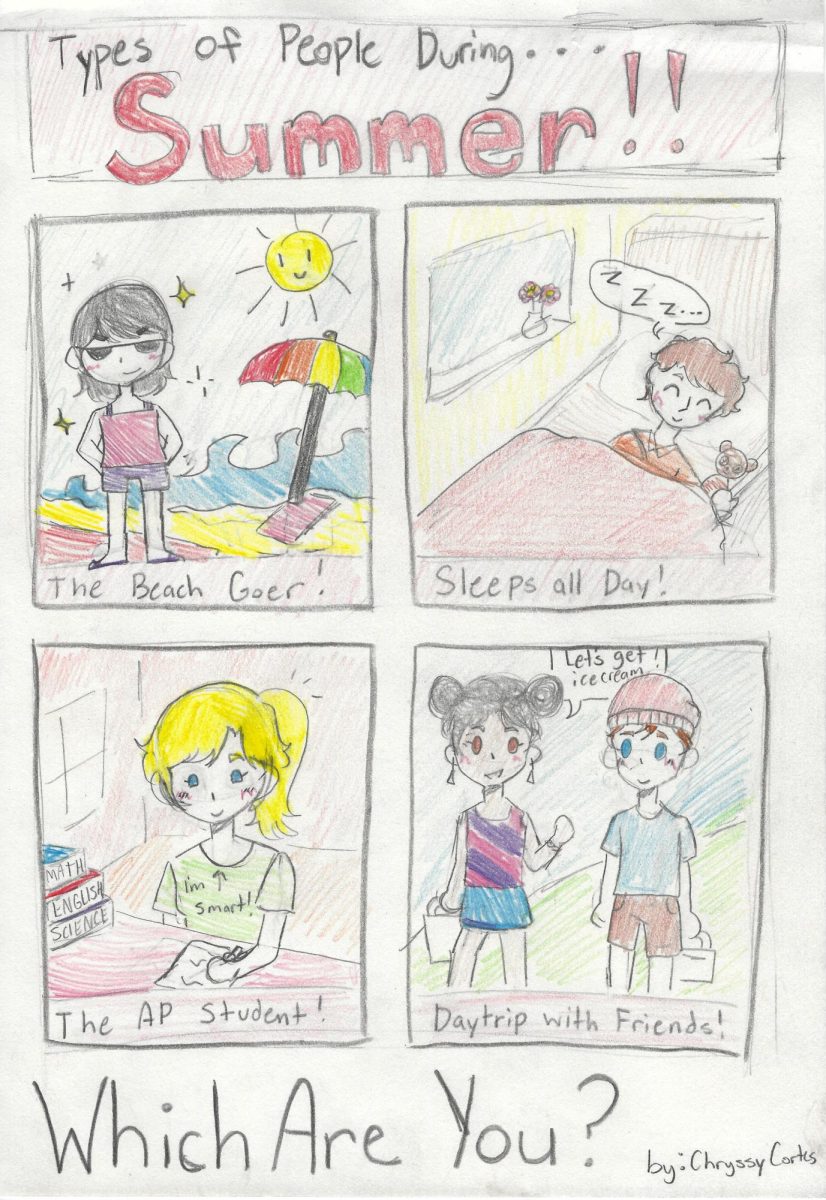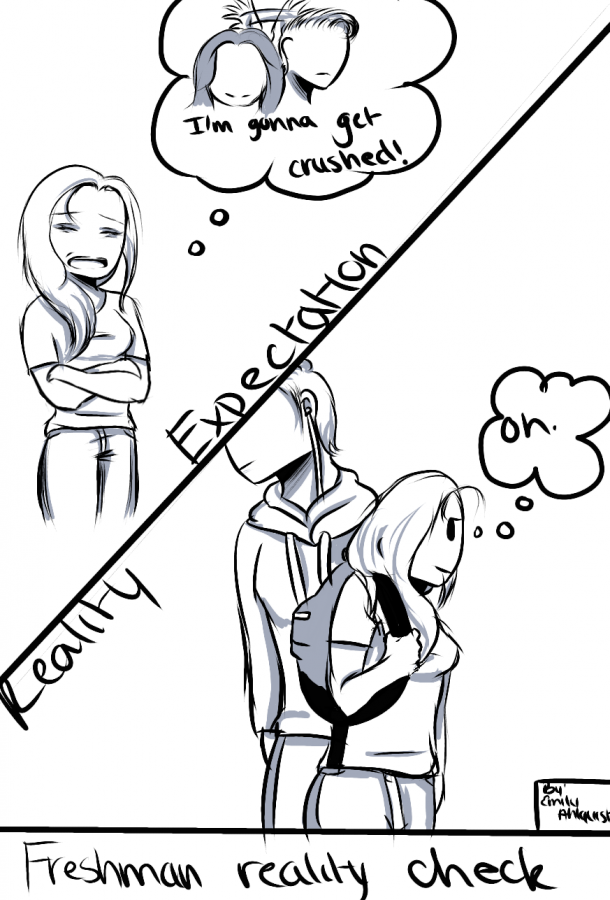Getting rid of toxic people
January 29, 2019
At any point in high school, friendships can be difficult to navigate. Friends that have been there since elementary school suddenly fade away at the same time soulmates and life-long friends are appearing from the oddest of places.
Managing friendships as everyone delves into their interests and prepares for life after graduation can be confusing. During this time, it’s important to ask yourself if your “friends” are truly supportive of aspirations and growth.
If the answer is foggy than maybe, it’s time to ask if those in close circles are toxic. If there’s fear that a toxic person, keep a mental checklist of how many of the following apply to the relationship with this person.
1) There is a constant need to “prove worthiness” to this person. This could be an instance of who has the better outfit, or who is giving the most compliments.
2) They never apologize; anything that happens is due to somebody or something else. This person always has an excuse or an argument.
3) They are “chameleons” in social situations; their true selves are not constantly present.
4) They are horrible listeners who fail to acknowledge text messages or show interest in face-to-face conversation.
5) They are always judging others, making rude comments, and saying something critical.
6) They are attention seekers who are often in the middle of conversations and the loudest one in the group.
7) They are blatantly disrespectful of others; they don’t care who is speaking or whose things they are using.
8) They are unable to admit they are wrong. Like in item two above, there is always an excuse or argument as to why they are right.
9) They are manipulative. Often these people need control, and a change in one’s own behavior may be noticeable around this person.
10) They are still “cliquish” or incredibly exclusive, deeming only certain people worthy of existing on their levels.
According to the powerofpositivity.com and theartofcharm.com, these are the common traits of a toxic person. If the person or people in mind fit these scenarios, you may be in a toxic relationship.
To truly identify who is and isn’t toxic, both greatist.com and scienceofpeople.com encourage individuals to ask themselves how they feel after interacting with the potentially toxic person or people. Are there feelings of dread at interaction with them? Do these people cause out-of-character action? Are these people draining? Do they ignore needs? Do they hear the word no?
Oftentimes, toxic friends are friends by history or proximity, and guilt arises at the idea of cutting or lessening ties. However, when it comes to these types of unhealthy relationships, it is important to place self-growth and individual progress first.
Truly cutting ties with these people can be a process, it may even turn temporarily ugly; actions must be sensible, rational, and polite to effectively remove these people and their negative influences.
First, discuss with them in a public space. This way they are less likely to blow up and act in an aggressive manner.
Next, don’t feel obligated to a long explanation. Gaining back control over personal actions and decisions from these negative influences includes being confident in personal decisions. Simply declare space away from these people and set boundaries.
Finally, create distance away from these people. Don’t immediately respond to their texts, remove them from social media, don’t feel the need to be by their sides all the time, and don’t entertain arguments.
Overtime, their influence will not be as potent, and you will regain claim over your time and decisions. Dedicate time towards other friendships/ relationships and immerse focus into productive activities.
Putting oneself first in these unhealthy instances isn’t selfish. Free yourself from toxic influences, instead allow for healthy relationships and growth. For further information, reference the sources listed above. Remember, always love you first.

























